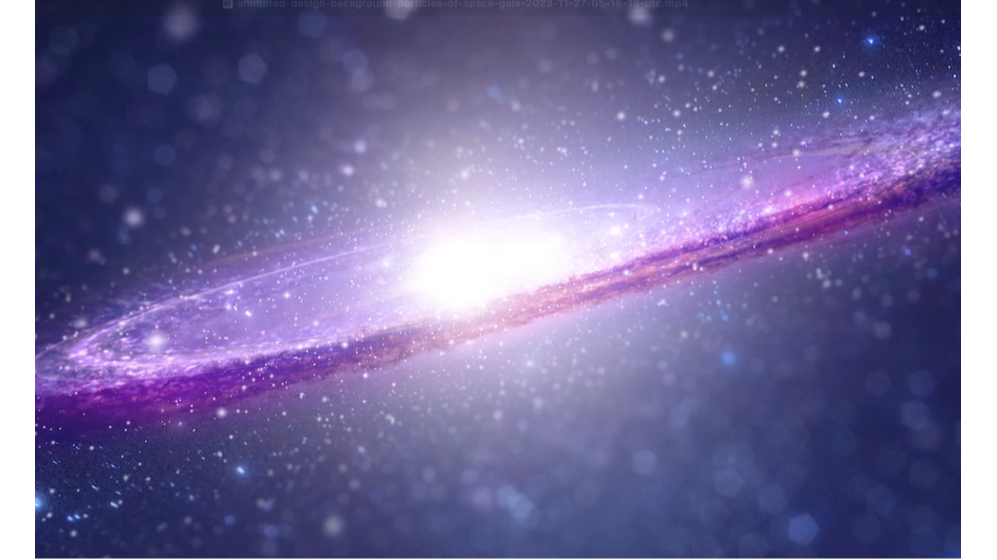Understanding the real science behind popular fiction helps you distinguish between legitimate scientific theories and pure fantasy. This guide breaks down quantum mechanics, particle physics, and multiverse theory in simple terms.

You're watching your favorite sci-fi show when a character mentions "quantum entanglement" or "parallel dimensions." You pause and wonder: is this pure fantasy, or could this actually be possible?
Many of today's most exciting scientific discoveries sound more incredible than anything Hollywood could imagine. The challenge you face as a reader is distinguishing between wild speculation and . Without some basic understanding, you might dismiss fascinating real theories as pure fiction, or get excited about concepts that have no scientific basis whatsoever.
To help you separate fact from fantasy, let's explore some key scientific concepts that frequently appear in modern fiction. These aren't made-up ideas—they're actual areas of scientific research.
At the quantum level, particles behave in ways that seem impossible. A single particle can exist in multiple states simultaneously until someone observes it. This phenomenon, called superposition, isn't science fiction—it's the foundation for quantum computers that companies like IBM and Google are building today.
The multiverse theory suggests that infinite parallel universes might exist alongside our own. While we can't prove this yet, respected physicists at major universities take this possibility seriously. These alternate realities could contain different versions of you, different historical outcomes, or entirely different physical laws.
String theory proposes that everything in the universe—from electrons to galaxies—consists of tiny vibrating strings of energy. These strings are unimaginably small, but their vibrations determine what type of particle they become. Think of it like guitar strings creating different notes, except these "notes" create different types of matter.
CERN's Large Hadron Collider represents humanity's most ambitious attempt to understand reality's foundation. This massive machine smashes particles together at nearly the speed of light to discover new particles like the Higgs boson, nicknamed the "god particle." These experiments literally probe the fundamental structure of everything that exists.
Now that you understand some real scientific concepts, you can better identify when authors base their stories on legitimate research versus pure imagination.
Science-based fiction often includes actual equations or references to mathematical principles. Authors might not show you complex formulas, but they'll mention that their fictional technology relies on specific calculations or mathematical relationships.
Pay attention to whether stories reference actual research facilities like CERN, MIT, or Stanford University rather than made-up organizations. Authors who consult real scientists often name-drop legitimate institutions to add authenticity.
The best science-based fiction acknowledges that scientific discovery involves uncertainty, failure, and gradual progress. If everything works perfectly the first time, you're probably reading pure fantasy rather than science-grounded fiction.
This attention to scientific accuracy has led to new approaches in fiction writing. Dr. Sam Toney exemplifies this trend with his concept of "Plausible Sci-Fi." His upcoming novel "Revelation Equation" features a protagonist who develops an actual working mathematical formula to explore other dimensions.
Understanding the real science behind fictional concepts enhances your reading experience in multiple ways. You'll recognize when authors have done their homework versus when they're making things up. You'll also develop a greater appreciation for the incredible discoveries actually happening in research laboratories around the world.
Whether you're drawn to books about string theory, mysteries of the universe, or stories that bridge science and spirituality, this basic scientific literacy makes everything more engaging. You'll find yourself better equipped to about both real scientific breakthroughs and the fiction they inspire.
